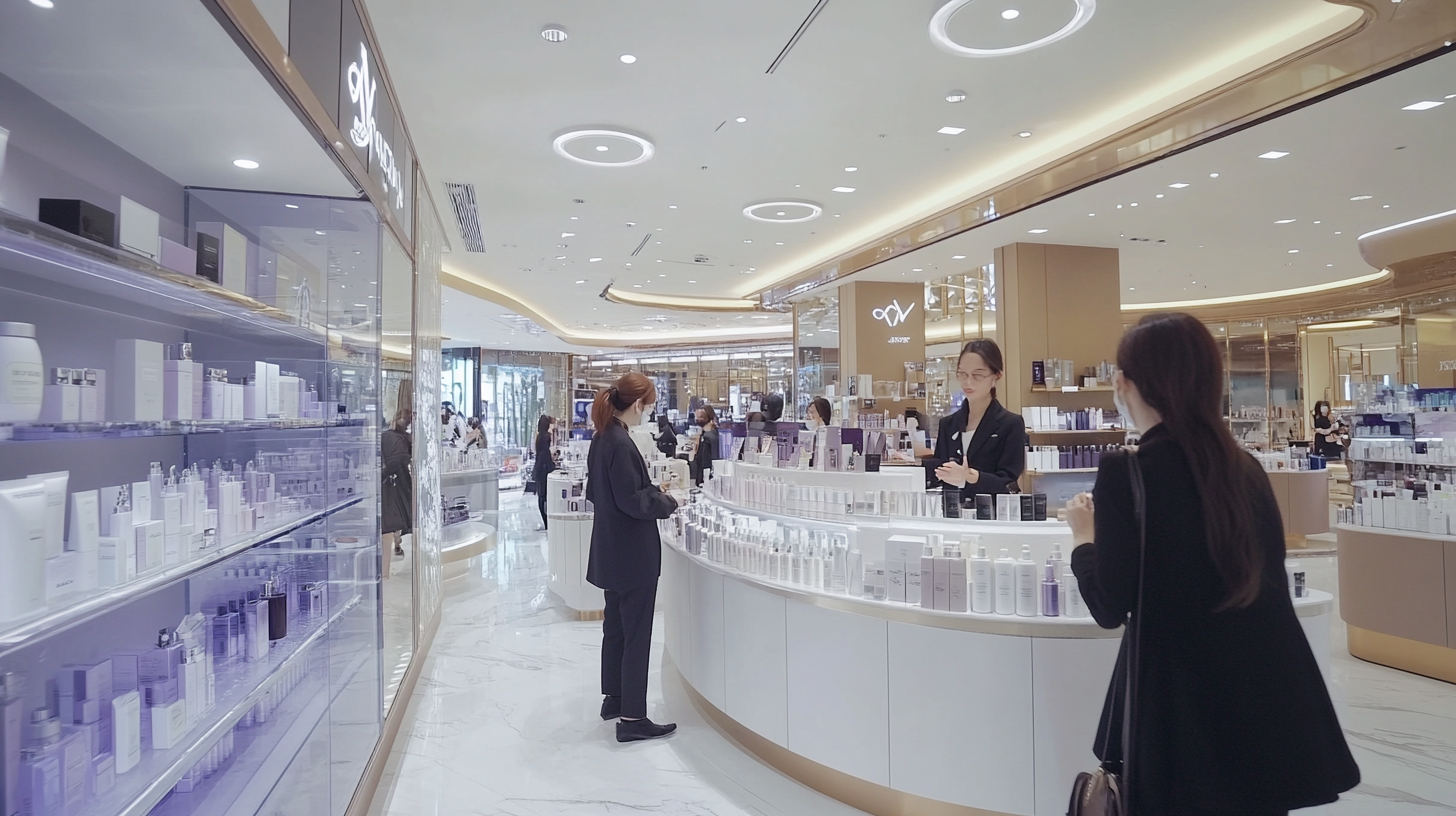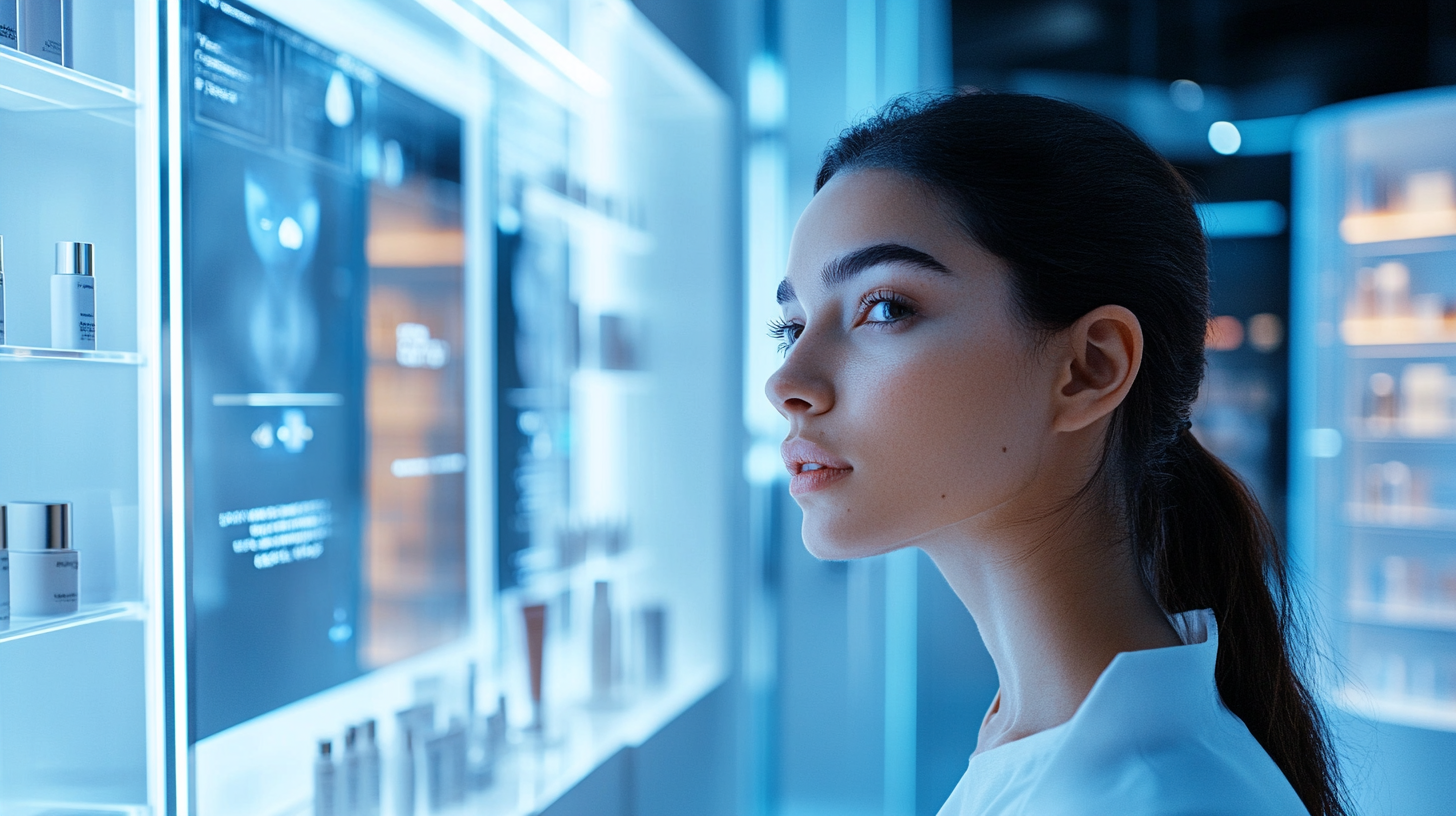Navigating Global Standards in Beauty Care: Challenges and Innovations for Today’s Suppliers
The global beauty care market has been shown to be one of the fastest-growing sectors of the world economy, with projections estimating the market to reach as high as $750 billion by 2024, according to reports from Statista. Meanwhile, the evolution of consumer demand and the definite requirement for sustainability create a multi-dimensional challenge for suppliers in beauty care. It becomes all the more complex to navigate the myriad of regulations and international standards along with the weight of responsible innovation. Stakeholders need to realize that compliance in this sense implies not meeting every existing regulation, but rather anticipating the future trends and preferences that govern this market.
As well, the death blow happens to come simultaneously to the new, experimenting technologies that have changed the whole paradigm of product development and customer engagement-in such an upheaval that they'd rather die than miss the boat. In this, the 2022 Euromonitor International Report reads that, Out of 20 %, 72 % said they were looking for brands they would consider as ethical and greener to consumption. This presents a challenge for the suppliers who have to adapt quickly and make sure that these configurations still fit a global consumer analysis. The fine line of a balancing act between compliance with regulations, sustainability, and innovation is the defining wall in competition in the beauty care industry. Deeper investigation into and conversations around these matters reveal how global standards must be understood and assimilated to thrive in the business.

The Importance of Compliance with Global Beauty Care Standards in a Competitive Market
In a world where beauty care products are marketed competitively, compliance with global standards constitutes more than just fulfilling a legal obligation; it can represent that last possible margin for brand differentiation. A report prepared by the International Trade Centre explained that with the market projected to be worth $429.8 billion come 2022, it is indeed timely that suppliers begin to concern themselves with compliance to accepted standards. The trend means that consumers nowadays care more about the safety and quality of the products they are using and therefore require brands to give emphasis to comply with several international regulations, especially regarding REACH (Registration, Evaluation, Authorisation, and Restriction of Chemicals) of EU. In furtherance of this, non-compliance could attract dire market consequences, a study recently revealed that brands, upon being found guilty for flouting safety standards, suffer an average revenue loss of 20%. To the supplier, one needs to grasp these updating regulations. With the new innovations in compliance technology like a digital compliance management system aimed at assisting the business to operate within this regulatory framework, maintaining compliance is becoming much easier. These systems ensure transparency, which is required to establish good faith with consumers. Lastly, as market changes favor the rise of "clean beauty" products, brands are vying to reformulate their products accordingly. The Nielsen report found that 73% of consumers in the US are willing to pay extra for products made from natural ingredients; this glaring statistic spotlights the dire importance of matching product formulations with global beauty care standards and overcoming competitive thresholds in an over-saturated market.

Key Challenges Faced by Suppliers in Meeting Diverse Regulatory Requirements Worldwide
With the continuous development of the beauty care sector, suppliers face many challenges trying to meet the divergent regulatory requirements around the world. One of those prime hurdles is the complexity of understanding and harmonizing with myriad legal standards: Every country has its own regulations on ingredient safety, labeling, and testing, which may be greatly different from norms in other jurisdictions. For example, while a certain kind of testing may be allowed in the EU, it may be disallowed in the U.S. or in Asia. This ends up putting suppliers in a confusing legal situation.
Next comes the rapidly changing nature of regulations, increasing indiscriminately the level of complexity. Indeed, suppliers need to be totally updated with forthcoming guidance, which often arises to address emerging interests like sustainability, animal testing, and consumer safety. Hence, this very dynamic nature of the regulatory environment demands suppliers to keep updating their education and adapt quickly, implementing a high level of compliance in their practices so as not to encounter any additional penalties and effectively pursuing the entry of their products into the global marketplace.
Then there is also the consideration of costs imposed by the investment required to comply with such diverse regulations, which may weaken the financial resources and operational capacity of small suppliers. While large corporations may navigate these complexities with internal teams, the ability of smaller entities to pursue an effective understanding of, and implementation for, such mandatory changes is limited by resource constraints. This creates a competitive imbalance whereby larger corporations may employ their compliance prowess to dominate the market while smaller suppliers struggle to survive. Advancement of the industry will critically require the supply chain actors to tackle these profound challenges through innovation and symbiosis if they are to survive in a global marketplace.

Innovative Solutions: Technologies Transforming Compliance and Quality Assurance in Beauty Care
The current beauty care market is dynamic, making it increasingly hard for suppliers to comply with different standards from all parts of the globe. But breakthroughs with cutting-edge technologies revolutionize the processes in compliance and quality assurance. The new techniques enable companies to not only meet regulatory requirements but also exceed customers. Automation and data analytics tools are extremely beneficial in streamlining operational processes, ensuring consistency, and maintaining the integrity of products from formulation to shelf.
AI-driven quality control systems with real-time monitoring and interpretation of production processes are some of the key innovations that are dawning on the industry by drastically cutting down chances for human error. By converting production processes data into machine-learning algorithms, suppliers will, by intervening at an early stage, be able to forecast likely quality problems-they can ensure that only superlative top-notch products are consumed. Besides that, there are possibly going to be some advantages of blockchain technology towards better traceability and visibility within the supply chain, thus allowing credible proof to brands of safety and sustainability compliance.
Further, digital platforms that enhance and facilitate such interaction among stakeholders seem to become indispensable at this point. The beauty care industry, with this integrated process, can therefore react rapidly and effectively to compliance challenges. This integrated model will provide an incubator for innovative advances while building up a trustful consumer relationship as brands will be able to prove their commitment to quality and compliance through open and clearly documented practices. By connecting these innovative solutions local suppliers in a rapidly changing environment will reap big.

Market Trends: Consumer Demand Driving Changes in Global Beauty Standards
The beauty care landscape in 2024 is going through a mammoth change in China due to immense consumer demand for all-around and personalized skincare and health management solutions. The rising acceptance of minimally invasive beauty treatments and self-care routines by men and women alike are pulling consumer behavior in a different direction. Today's beauty consumers are no longer out simply looking for products in skincare, hair care, and fragrances, but rather are demanding new-age products that meet their specific needs and preferences.
This phenomenon is forcing suppliers worldwide to try to catch up with the consumer's evolving expectations by adapting quick to market trends and global beauty standards. Consumers' energies are changing in the post-pandemic era to get health awareness and worsen quality of life. Given that more people have mostly been homebound, they increasingly find pleasure in enhancing their beauty as well as wellness rituals, hence being the main powerhouse of demand for effective products with a somewhat holistic approach. Beauty sells and shifts are happening fast and are seeing a blurring of product category boundaries, with consumers looking for integrated solutions.
As the global beauty suppliers deal with those on-and-off challenges, they must remain flexible and change according to the whims of the consumer. If they move in sync with innovative technologies and understand cultural influences, they will be able to respond to an increasing demand for luxury beauty experiences and personalized skincare solutions that resonate personally. The future of beauty care is about setting a standard and setting it high, celebrating individuality, and creating a relationship with consumers.
The Role of Collaboration Among Suppliers and Regulatory Bodies in Standard Setting
Collaboration and cooperation among suppliers with regulatory bodies are important in the beauty care sector, considering the increased stringency of global standards. Suppliers have the dual task of innovating the products while adopting multifaceted international regulations. This complexity indeed necessitates open dialogue and partnership between suppliers and regulatory agencies for sharing insights, concerns, and developing possible practical guidelines for all affected stakeholders.
The changing consumer consciousness as well as the threat to safety will require a proactive view-generating activity in the standard setting. Regulatory authorities must now be forward thinking about future trends while suppliers should actively participate in the discussion around the features of impact policy making. The joint efforts can come with fresh options for meeting the demands of regulations while improving the quality of the products and the trust of consumers. For example, the establishment of joint workshops and forums allows best practices to be shared and also promotes the same goal on sustainability and ethical sourcing of beauty care products.
Initiatives that bridge the gap between suppliers and regulatory authorities are indispensable to manage the complexities inherent in the beauty care market. Such partnerships simplify standard development processes, allowing for new regulations to strike a balance between practicality for suppliers and protection for consumer interests. So far as e.g. collaboration becomes the ideal spirit of the beauty care industry, it lays the foundation for global empowerment in innovation without surrendering safety and quality standards.
